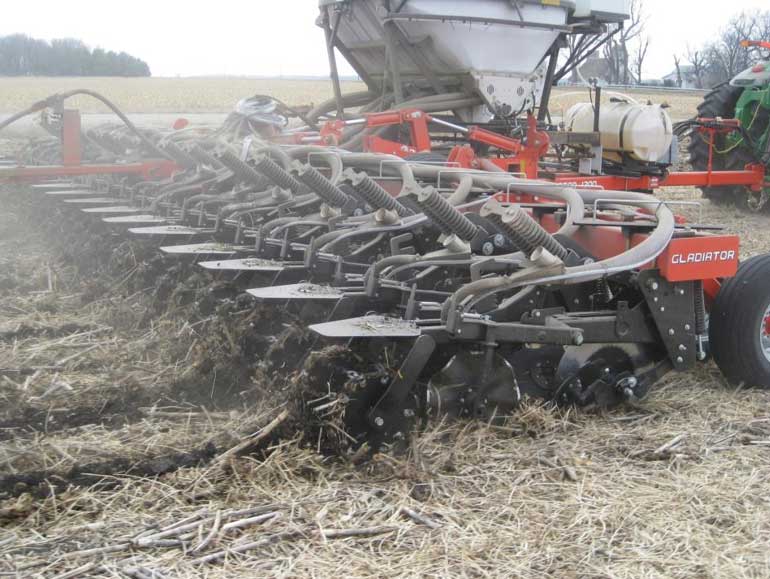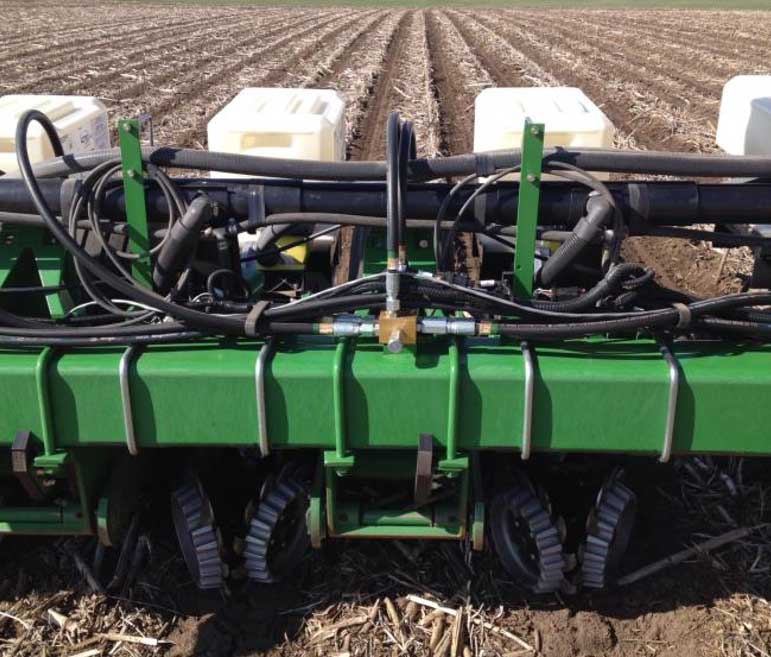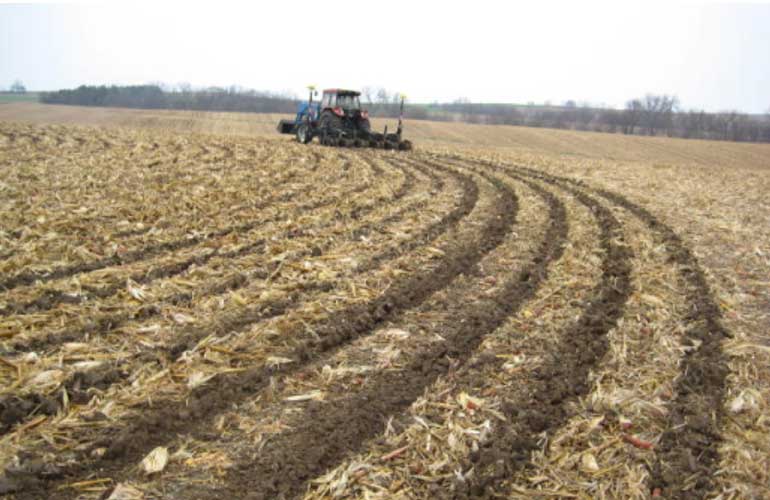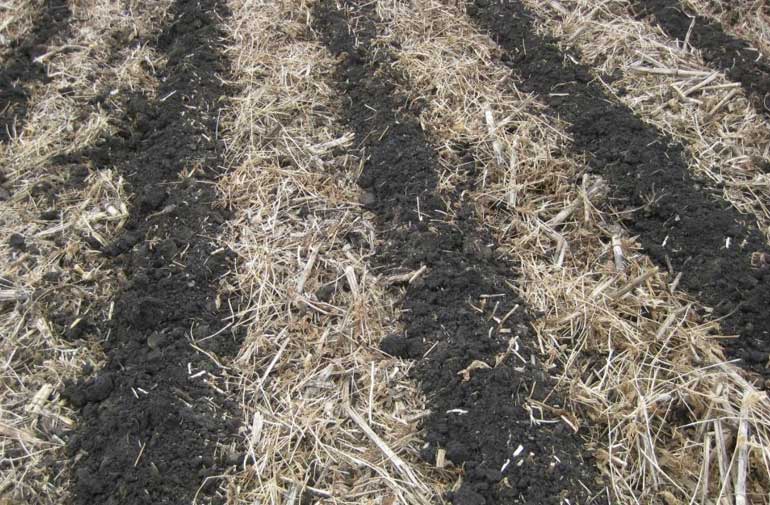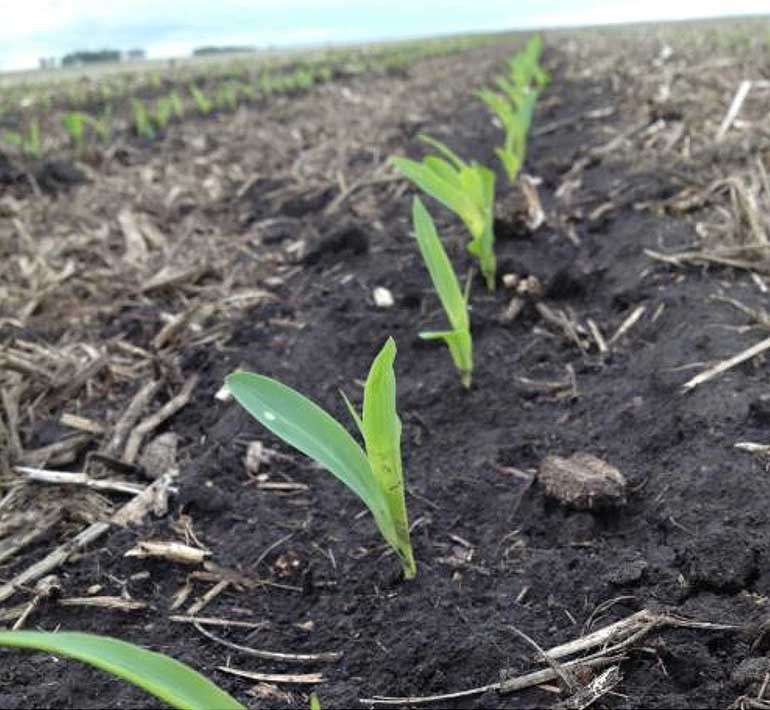We’ve got 10 tips for adopting a successful no-till cropping system.
See tips10 Tips for Making the Switch to Strip-Till Farming
Something went wrong. Please try again later...
Written by Matt Essick
